7 Tips to Know Before Buying the Best Potting Soil for Indoor Plants
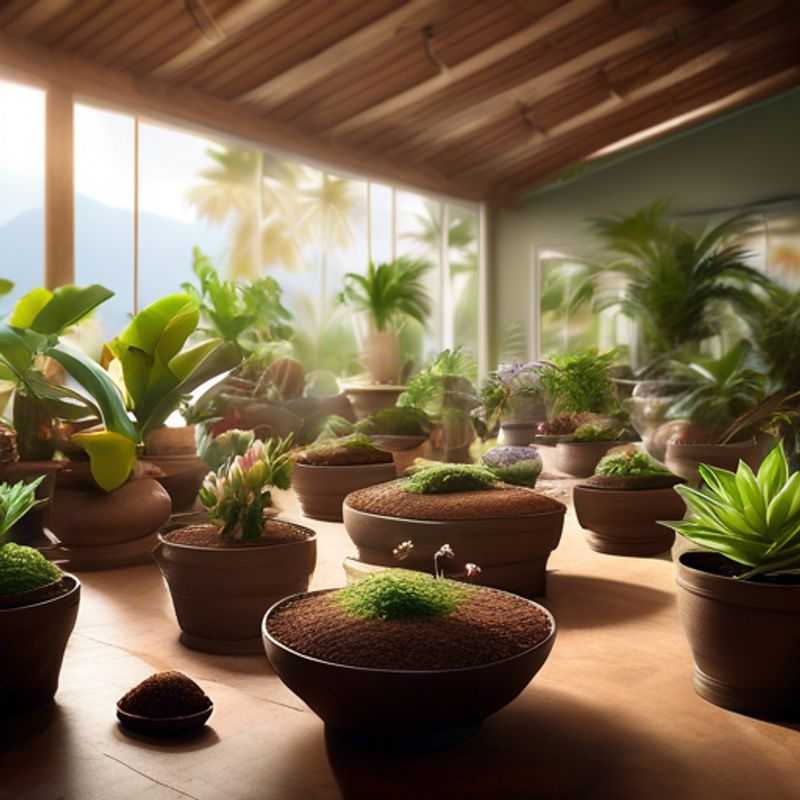
7 Tips for Choosing the Best Potting Soil for Your Indoor Plants
Ah, the soil, the very foundation of our beloved indoor plant's thriving existence! A good potting mix is like a well-designed blueprint for a flourishing jungle within your home.
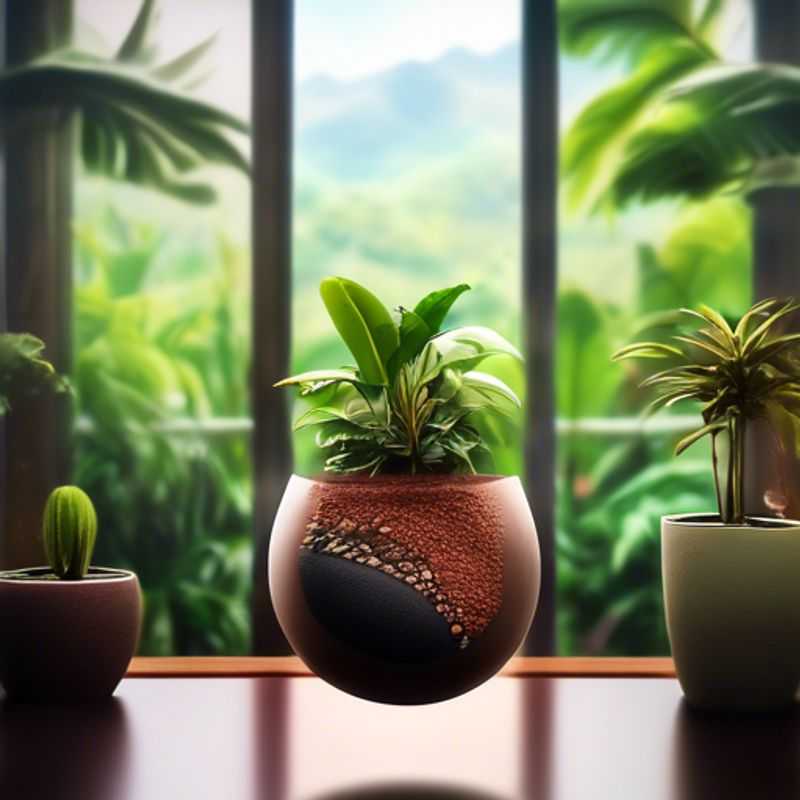
Matching Potting Soil to Plant Needs: A Guide to Thriving Greenery
Choosing the right potting soil is crucial for the health and well-being of your plants. Different plants have different needs, and the type of soil you choose will directly affect their growth.
Consider the following factors when choosing potting soil:
Drainage: Most plants prefer well-draining soil that allows excess water to escape. This prevents roots from becoming waterlogged and rotting. Look for soil with a good mix of perlite, vermiculite, or other components that enhance drainage.
pH: The pH of the soil refers to its acidity or alkalinity. Most plants prefer a slightly acidic pH (around 6.0 to 6.5). However, some plants, like azaleas and rhododendrons, require a more acidic soil. You can find soil specifically formulated for different pH levels.
Nutrient content: Plants need essential nutrients like nitrogen, phosphorus, and potassium to grow. Look for soil that provides a balanced blend of nutrients. You may also need to supplement with fertilizers, especially for fast-growing or heavy feeders.
Texture: The texture of the soil affects its ability to retain moisture and provide support for roots. A good potting soil should have a loose and airy texture that allows for good root aeration.
Type of plant: Consider the specific needs of your plant when selecting soil. For instance, cacti and succulents thrive in well-draining soil with a low water-retention capacity, while tropical plants require rich, moist soil.
By carefully considering the needs of your plants, you can choose the best potting soil to ensure their healthy growth and development.
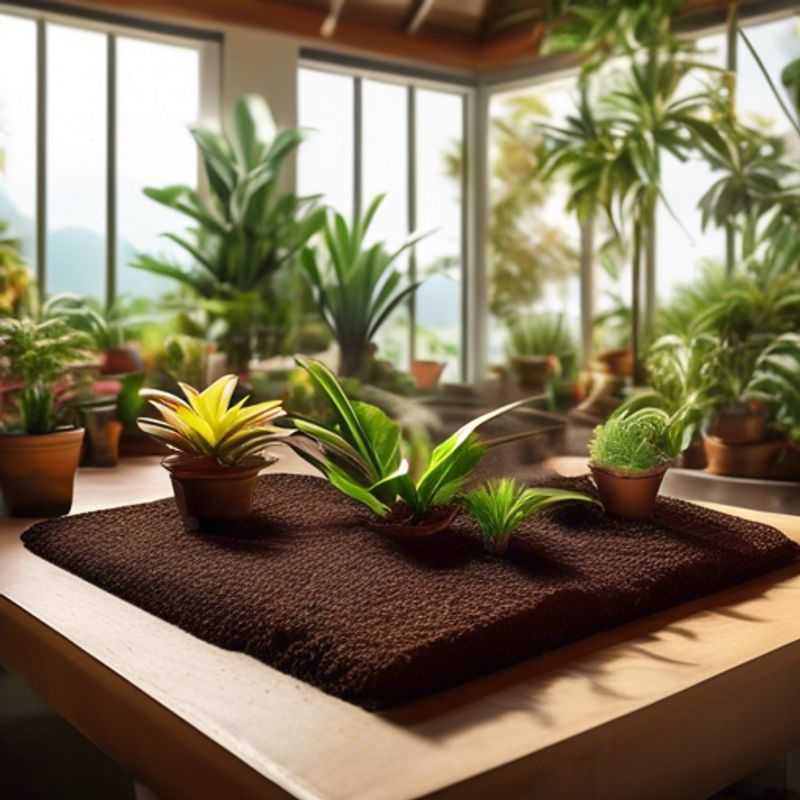
Unlocking Plant Growth: Finding the Perfect Well-Draining, Nutrient-Rich Soil
When seeking soil that is well-draining and nutrient-rich, there are several key factors to consider for optimal plant growth. First, look for soil that contains a balance of sand, silt, and clay, as this combination promotes adequate drainage while retaining essential nutrients. Additionally, incorporating organic matter, such as compost or well-rotted manure, can significantly enhance the nutrient content and improve soil structure.
It's crucial to assess the pH level of the soil as well; most plants thrive in a pH range of 6.0 to 7.5. You can purchase a soil testing kit to determine the pH and nutrient levels, which will inform any amendments needed. Remember, well-draining soil helps prevent waterlogged conditions that can lead to root rot, while nutrient-rich soil supports healthy plant development.
In terms of costs, consider expenses related to soil testing kits, organic amendments, and potentially the purchase of high-quality soil mixes if existing soil is inadequate. Depending on your location and the scale of your gardening project, these costs can vary widely. Always plan for transportation and labor if you are sourcing materials from multiple vendors.
For those in a hurry, focusing on these fundamental aspects will help you quickly identify and prepare the best soil for your gardening needs. Should you require more detailed information, a quick online search can provide further insights into soil management practices.
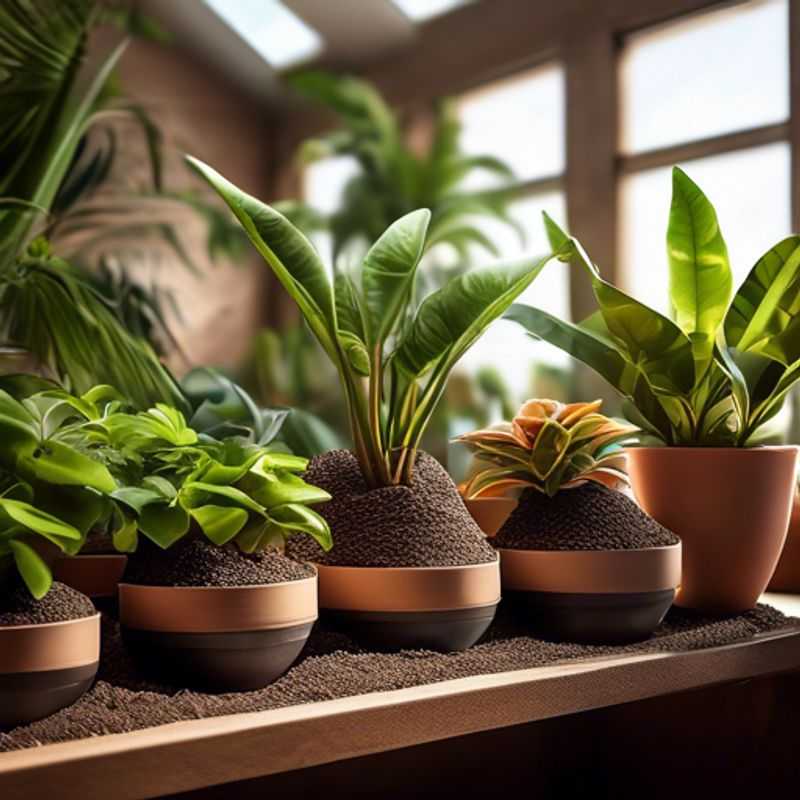
Why You Should Avoid Garden Soil for Indoor Plants: A Guide to Potting Mixes
When it comes to indoor plants, using garden soil can be a recipe for disaster. Why? Because garden soil is typically too dense for the delicate root systems of indoor plants. It's like trying to fit a toddler into adult shoes – just doesn't work! Instead, choose a potting mix specifically designed for indoor plants. These mixes are lighter, more airy, and contain the perfect blend of nutrients to keep your indoor flora thriving.
Now, you might be thinking, "What's the big deal? My garden soil is free!" But here's the catch – garden soil can harbor pests and diseases that can wreak havoc on your precious houseplants. Think of it like bringing a wild animal into your home. You never know what kind of trouble it might cause! Not only that, garden soil also retains too much moisture, creating a breeding ground for fungal infections. This can lead to root rot, which is a common and often fatal problem for indoor plants.
So, if you want to keep your indoor plants happy and healthy, skip the garden soil and opt for a high-quality potting mix. It's a small investment that can make a big difference in the life of your plants. Think of it as investing in a spa day for your plants, a little pampering to keep them looking their best!
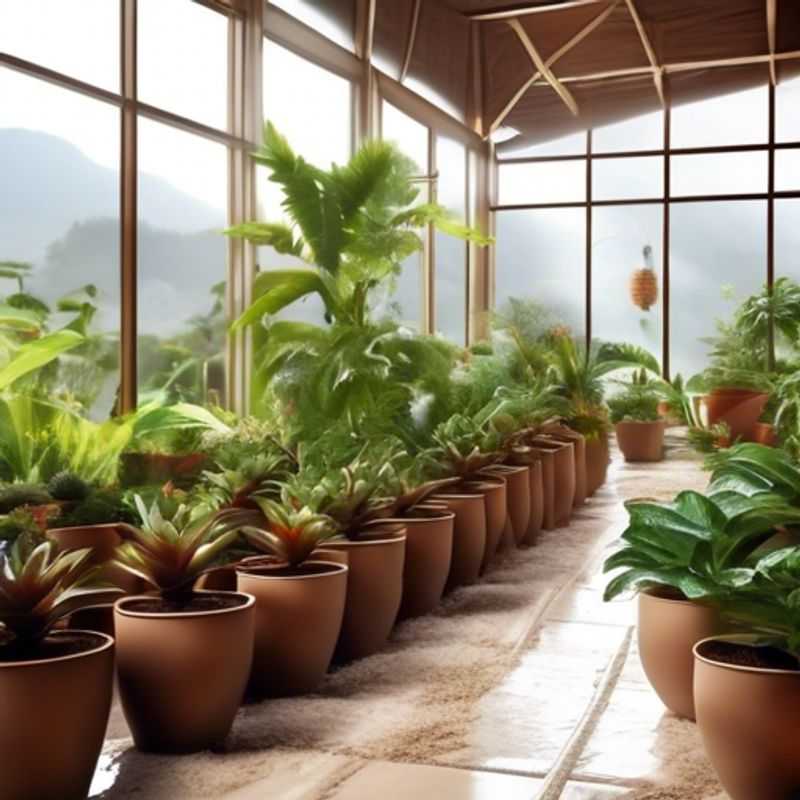
Soil pH: The Key to Happy Plants
Checking the pH level of the soil is crucial for ensuring that it is suitable for your plants. Soil pH affects nutrient availability, microbial activity, and overall plant health. The ideal pH range for most plants is typically between 6.0 and 7.5, with slight variations depending on specific plant needs.
To check the pH level, you can use soil test kits available at garden centers or online. These kits usually cost between $10 and $30 and provide quick results. For more precise measurements, consider sending a soil sample to a laboratory, which can range from $15 to $50 depending on the tests required.
Once you know your soil's pH, you can amend it accordingly. If the soil is too acidic, adding lime can raise the pH, while sulfur can lower it if the soil is too alkaline. Be prepared to invest in these amendments, which can vary in cost based on the size of your garden and the specific products used.
Regularly checking your soil pH, especially before planting, ensures that your plants thrive by making essential nutrients accessible. Remember to retest periodically, as soil pH can change over time due to various factors like rainfall and fertilization.
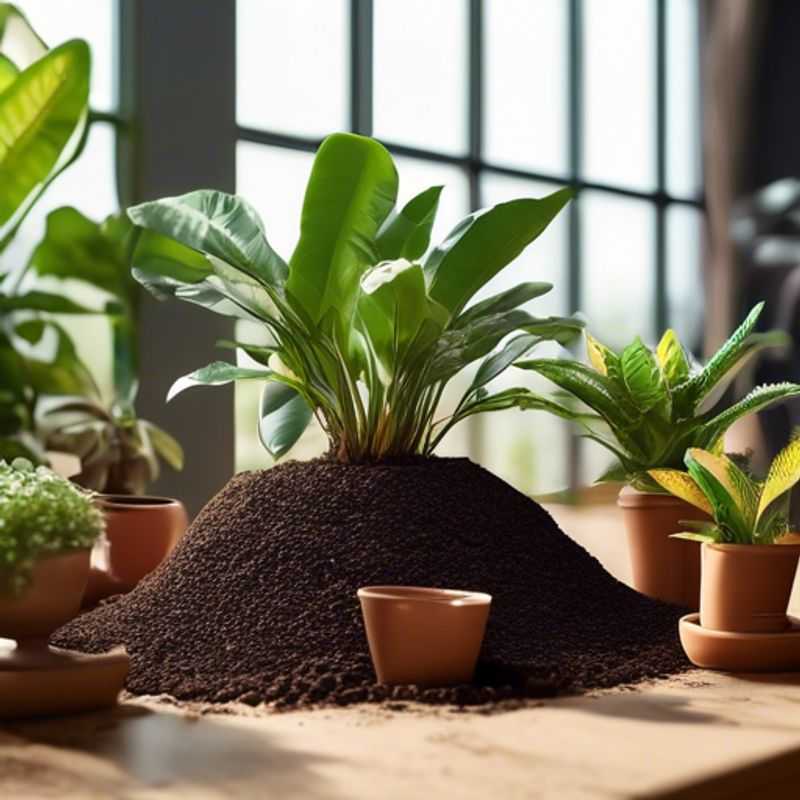
Boosting Soil Aeration: The Power of Perlite and Vermiculite
Perlite and vermiculite are common soil amendments that improve aeration, drainage, and water retention. They are lightweight, porous materials that create air pockets in the soil, allowing roots to breathe and grow more easily.
Perlite is made from volcanic glass, which is heated to a high temperature, causing it to expand into a lightweight, white material. Vermiculite is a mineral that expands when heated, creating a flaky, brown material.
Both perlite and vermiculite are relatively inexpensive and easy to find at most garden centers. To improve aeration, you can simply mix them into your soil before planting. The amount you use will depend on the type of soil you have and the plants you are growing.
While both perlite and vermiculite offer benefits, there are subtle differences between them. Perlite is less dense and offers better aeration, but it can retain less water. Vermiculite holds more water, but it may reduce aeration somewhat.
For optimal results, it is often recommended to use a combination of perlite and vermiculite to balance aeration and water retention. This can vary based on the specific needs of your plants and soil type.
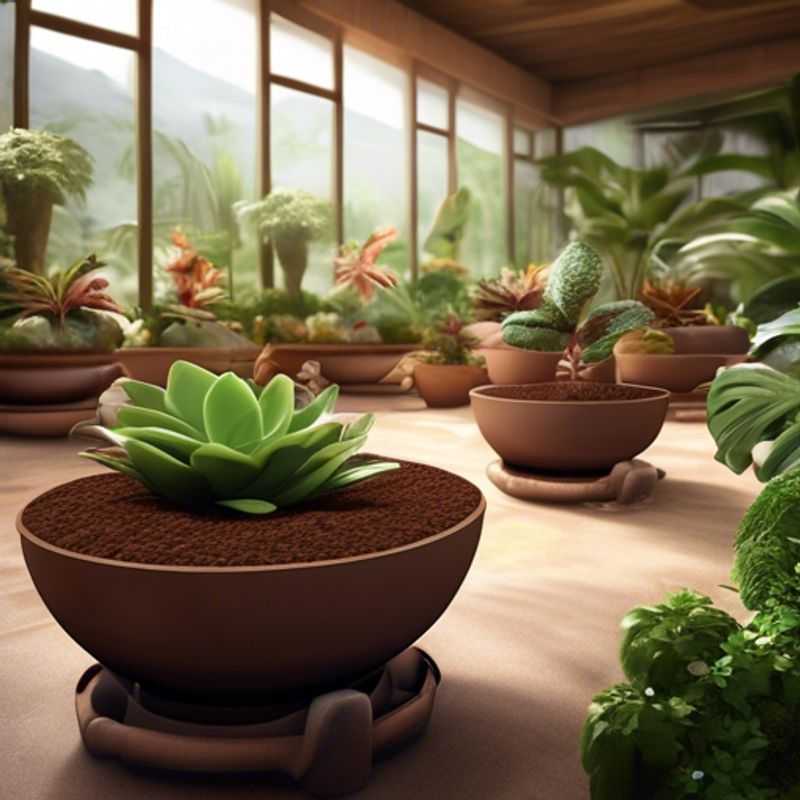
Start with a Clean Slate: Choosing Pest, Disease, and Weed-Free Soil
Choosing the right soil is essential for a healthy and productive garden. A healthy soil is free from pests, diseases, and weed seeds. This is because these unwanted elements can damage your plants, leading to reduced yields or even death. To ensure a clean and healthy growing medium, consider these options:
Sterilization: This is the most effective way to eliminate pests, diseases, and weed seeds. It involves heating the soil to a high temperature, killing all living organisms. You can sterilize soil yourself using a hot water bath or a steam treatment, or you can purchase pre-sterilized soil. Sterilization, while effective, can be costly and time-consuming.
Solarization: This method involves covering the soil with clear plastic sheeting for several weeks during the hot summer months. The sun's heat will kill most pests, diseases, and weed seeds. While effective, solarization takes time and only works in hot climates.
Choosing Certified Organic Soil: Certified organic soil is produced following strict regulations that ensure it's free from harmful chemicals, pests, and diseases. It's a great option for environmentally conscious gardeners. However, it can be more expensive than conventional soil.
Purchasing from Reputable Sources: Always buy soil from reputable suppliers who use quality control measures. This reduces the risk of encountering contaminated soil. Reputable suppliers may charge a premium for their products.
Remember, choosing a clean and healthy soil is an investment in your garden's success. Invest in a good quality soil, or invest in your time and resources for sterilizing it, to give your plants the best chance of thriving.
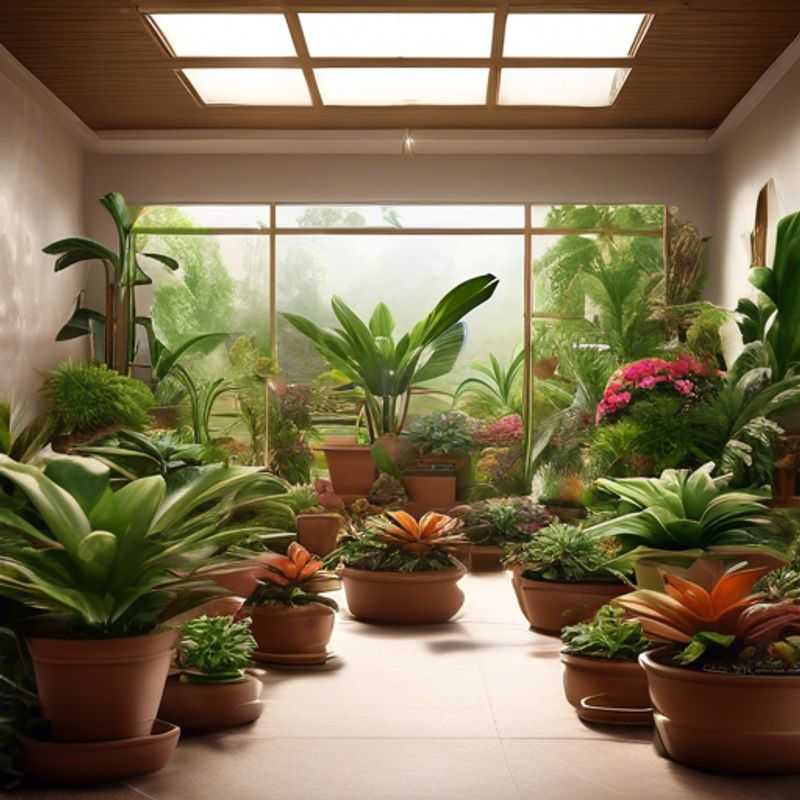
Repotting Revolution: Why Your Plants Need a Fresh Start Every 1-2 Years
Replacing potting soil every 1-2 years is essential for maintaining healthy plants, as it replenishes nutrients that can become depleted over time. Fresh potting soil provides essential minerals and improves soil structure, aiding in water retention and drainage. This process helps prevent the buildup of harmful pathogens and pests that can thrive in old soil.
When planning to replace potting soil, consider the following paid activities: purchasing quality potting soil, which can range from $10 to $30 per bag depending on the brand and composition; potential disposal fees for old soil if you choose to dispose of it rather than compost; and the cost of any additional amendments like fertilizers or perlite for improved drainage. Investing in high-quality soil can significantly enhance plant growth and resilience.
In summary, regular soil replacement not only replenishes nutrients but also ensures a healthy environment for your plants. For those interested in further information, additional research can provide insights into specific soil types and their benefits.
